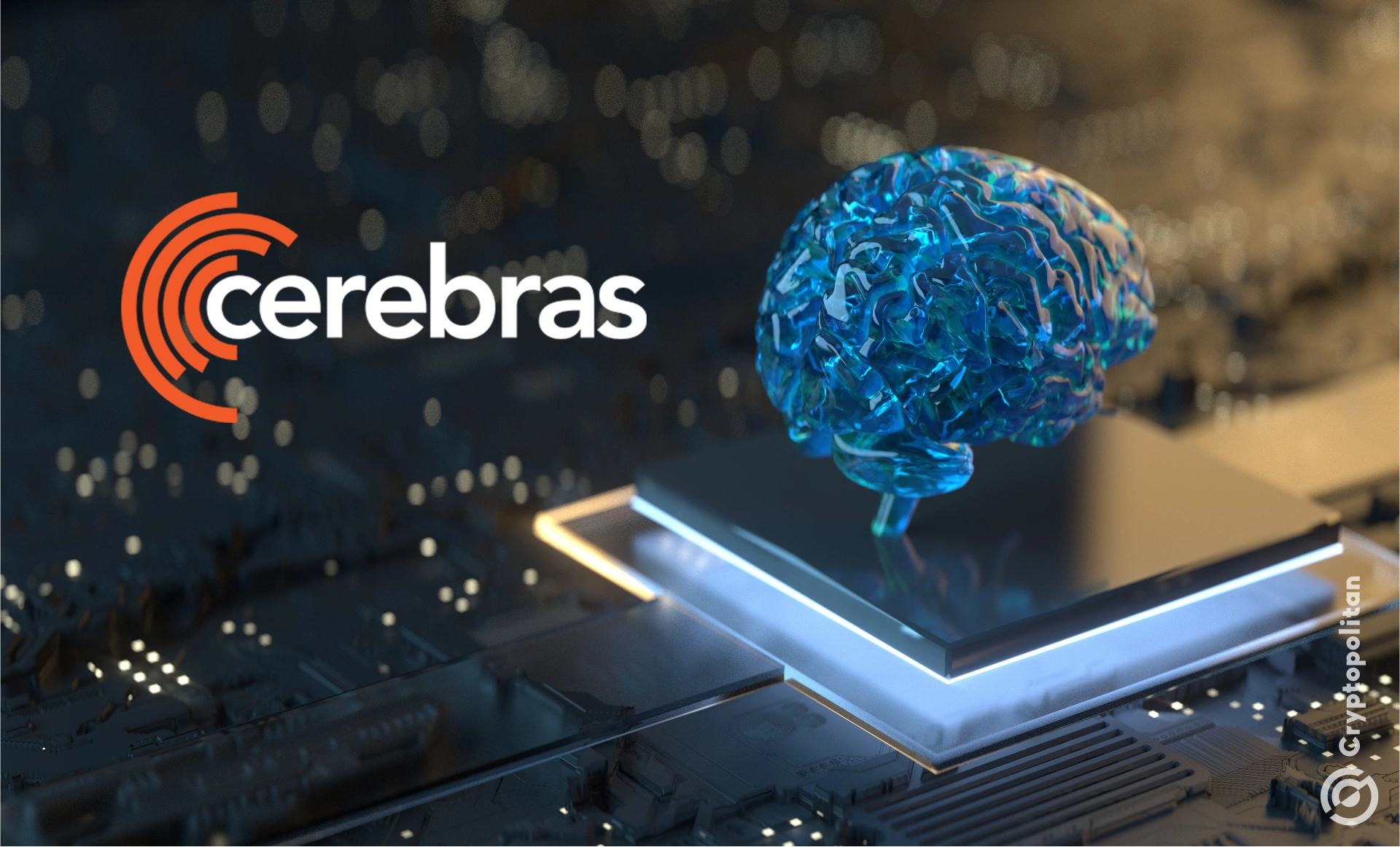In a remarkable stride toward democratizing the world of Multi-View Wire Art (MVWA), researchers from the University of Surrey and Beijing University of Posts and Telecommunications have unveiled a groundbreaking AI system called DreamWire. This pioneering system introduces an innovative approach to representation and learning, empowering artists of all skill levels to craft three-dimensional wire sculptures with diverse interpretations based on viewers’ perspectives.
DreamWire, the brainchild of a collaborative research effort, represents a significant leap forward in wire art. It dismantles the barriers that traditionally made MVWA a complex, time-consuming endeavor reserved for highly skilled artists. With DreamWire, aspiring artists, regardless of their expertise, are offered a golden opportunity to immerse themselves in the captivating world of wire sculpture.
At the heart of DreamWire’s innovation lies the effective utilization of Bezier curves and Prim’s algorithm. This clever combination provides a structured approach to representing 3D wire art. Bezier curves, treated independently, ensure the spatial constraint of the wire art, enabling its accurate translation from imagination to reality. Incorporating Prim’s algorithm further enhances the system’s ability to maintain connectivity within the intricate wire sculptures.
Overcoming data scarcity with knowledge distillation
One of the formidable challenges faced in the development of DreamWire was the scarcity of Multi-View Wire Art training data. Before surmounting this hurdle, the research team turned to knowledge distillation from a robust generative visual. This ingenious strategy enriched DreamWire’s capacity to generate diverse wire art, all while learning from limited training examples. It allowed the AI system to grasp the nuances of MVWA creation, even in cases where traditional methods fell short.
Connectivity is paramount in the creation of wire art. Ensuring that every strand of wire remains connected, even in complex and intricate sculptures, has been a long-standing challenge. DreamWire addresses this with the use of 3D Bezier curves. These curves, treated independently, are subjected to a loss function that spatially constrains their degree of freedom. Subsequently, Prim’s algorithm steps in to derive a subset of edges, forming a minimum spanning tree. This elegant solution effectively resolves the connectivity problem, ensuring the integrity of the wire art.
Learning from limited data
The research team’s second formidable challenge was the ability to learn from extremely limited Multi-View Wire Art training examples. DreamWire’s approach involves per-instance learning, starting with randomly initialized Bezier curves projected onto a 2D plane. The system then employs ControlNet for target image matching through a score distillation sampling. This approach not only conquers the challenge of data scarcity but also enhances DreamWire’s precision in reproducing wire art with remarkable accuracy.
In a comparative study, DreamWire proved its mettle by outshining two state-of-the-art methods—ShadowArt and Our-V—rooted in traditional graphics algorithms. DreamWire stands out by delivering high-quality interpretations of target concepts without imposing layout constraints. This innovation alleviates the need for artists to laboriously refine and elaborate on target projections, streamlining the creative process.
A new era in Wire Art
DreamWire’s arrival heralds a new era in the world of wire art. Democratizing the creation of Multi-View Wire Art opens doors for artists of all backgrounds and skill levels to explore this captivating art form. With its innovative approach to representation and learning, DreamWire offers a seamless and efficient means for artists to transform their visions into intricate, three-dimensional wire sculptures. The art world can now look forward to an era where the boundaries of creativity are limited only by one’s imagination.
In conclusion, DreamWire represents a significant breakthrough in Multi-View Wire Art, offering a bridge between traditional wire artistry and cutting-edge AI technology. Its contributions empower artists, address the challenges of connectivity and data scarcity, and ultimately pave the way for a more inclusive and vibrant wire art community. As this AI system takes its place in the creative landscape, it signifies a bright future for wire artistry where the power of innovation knows no bounds.





